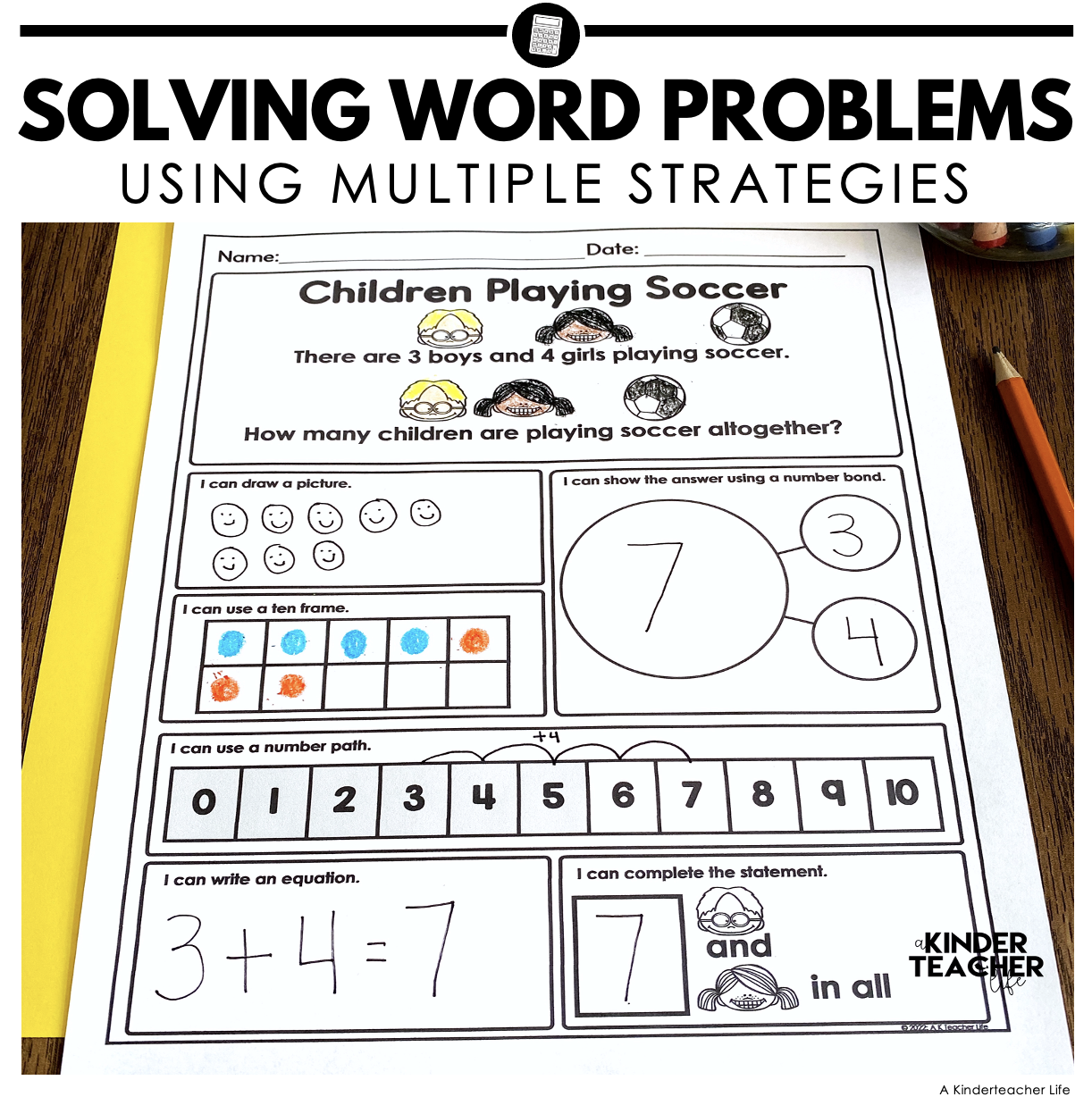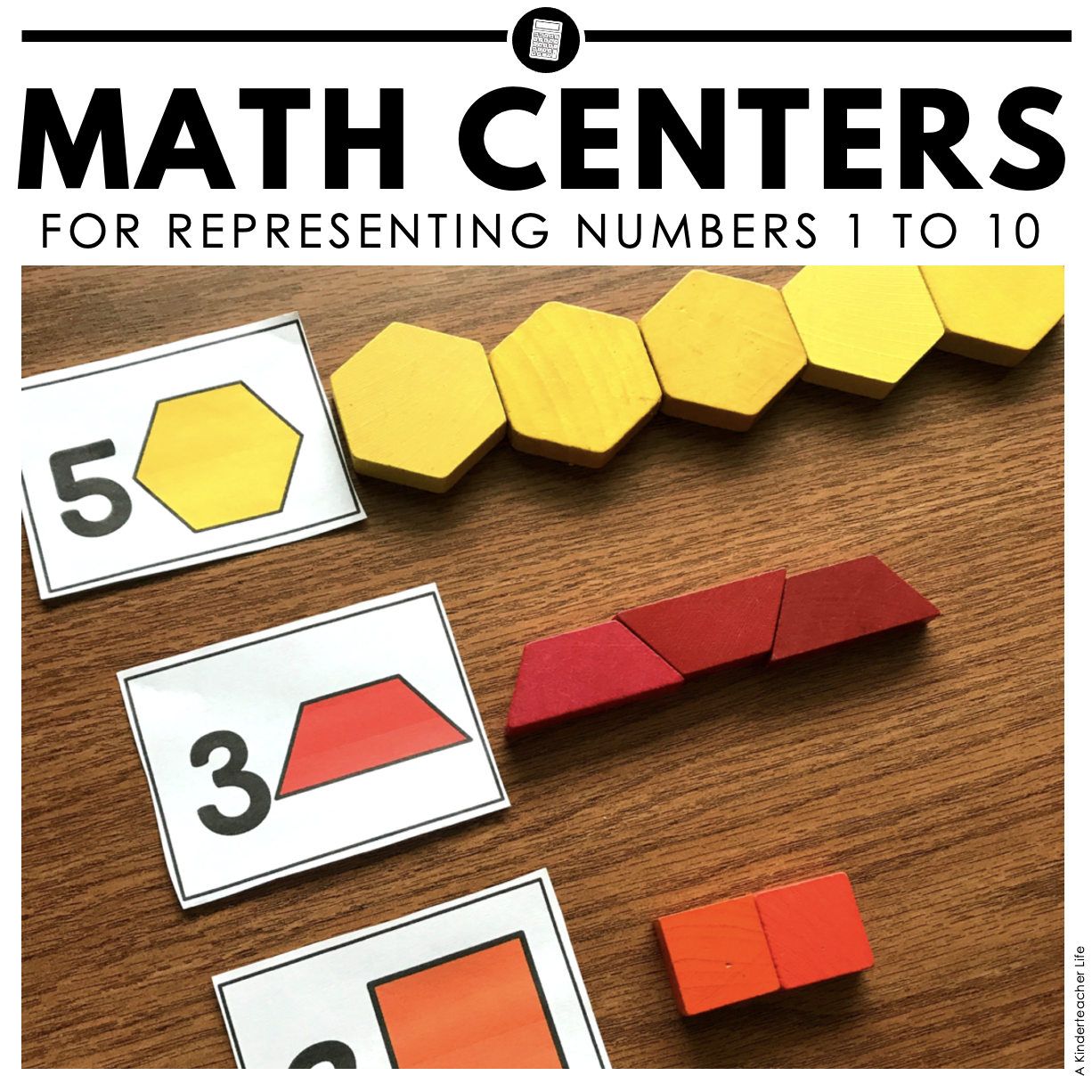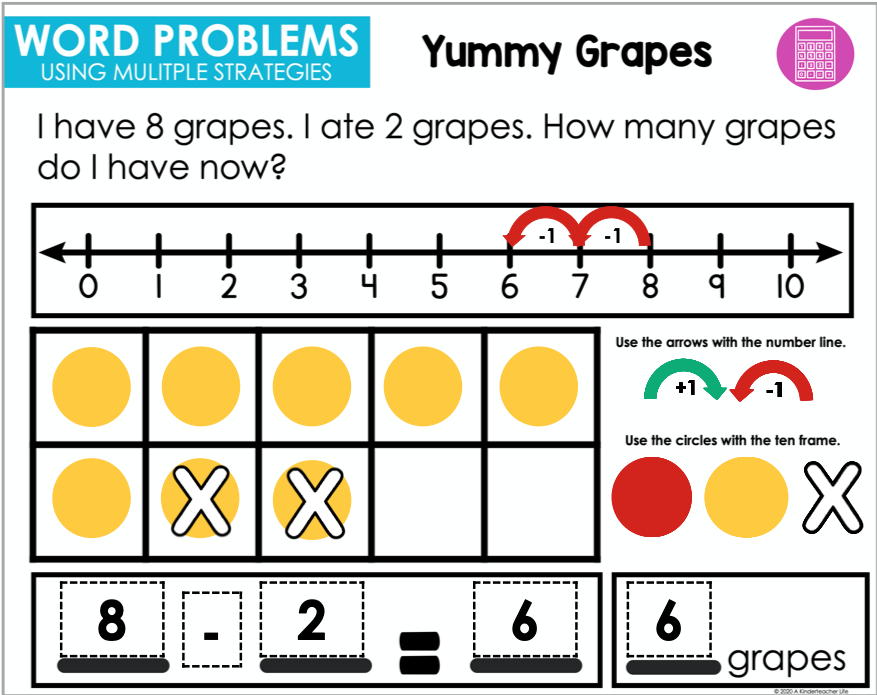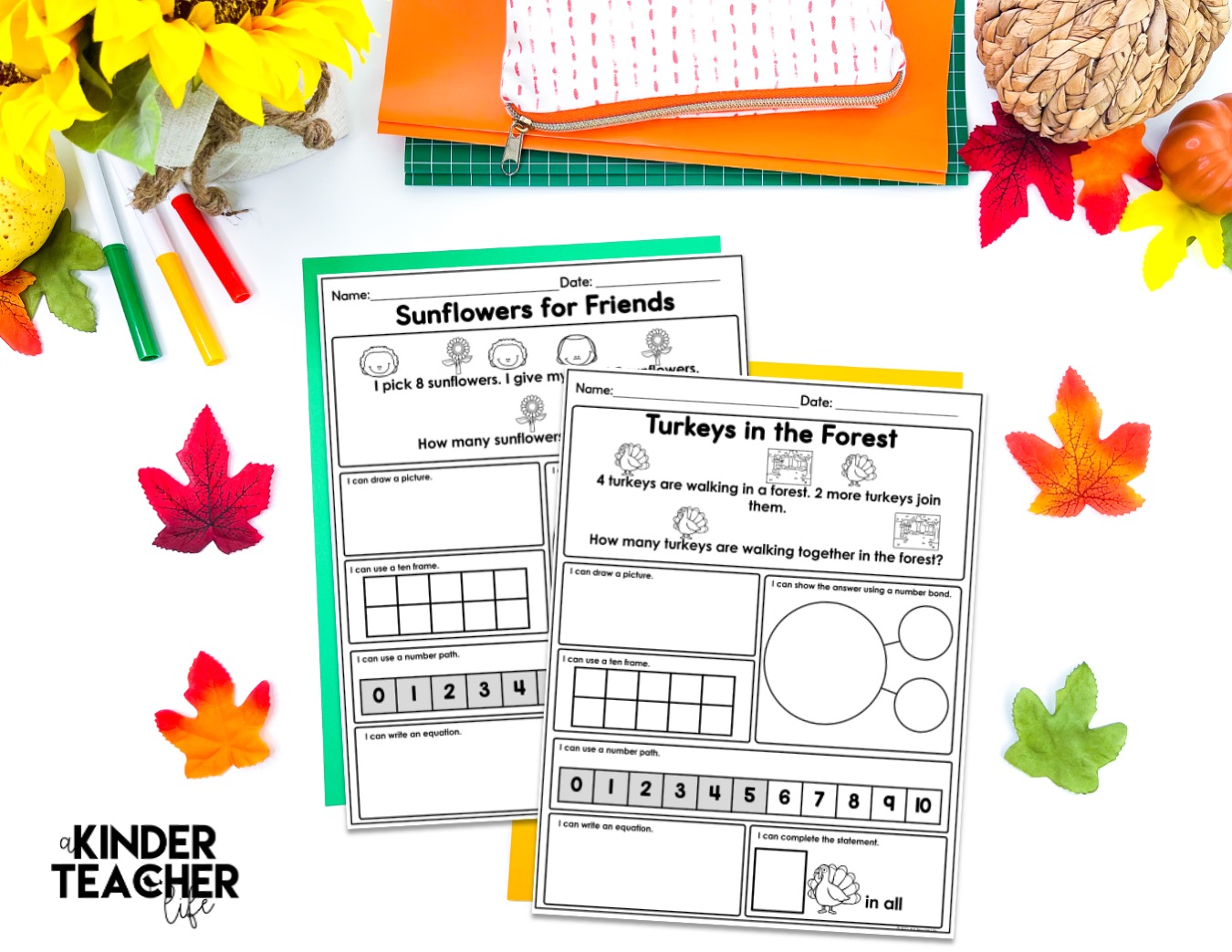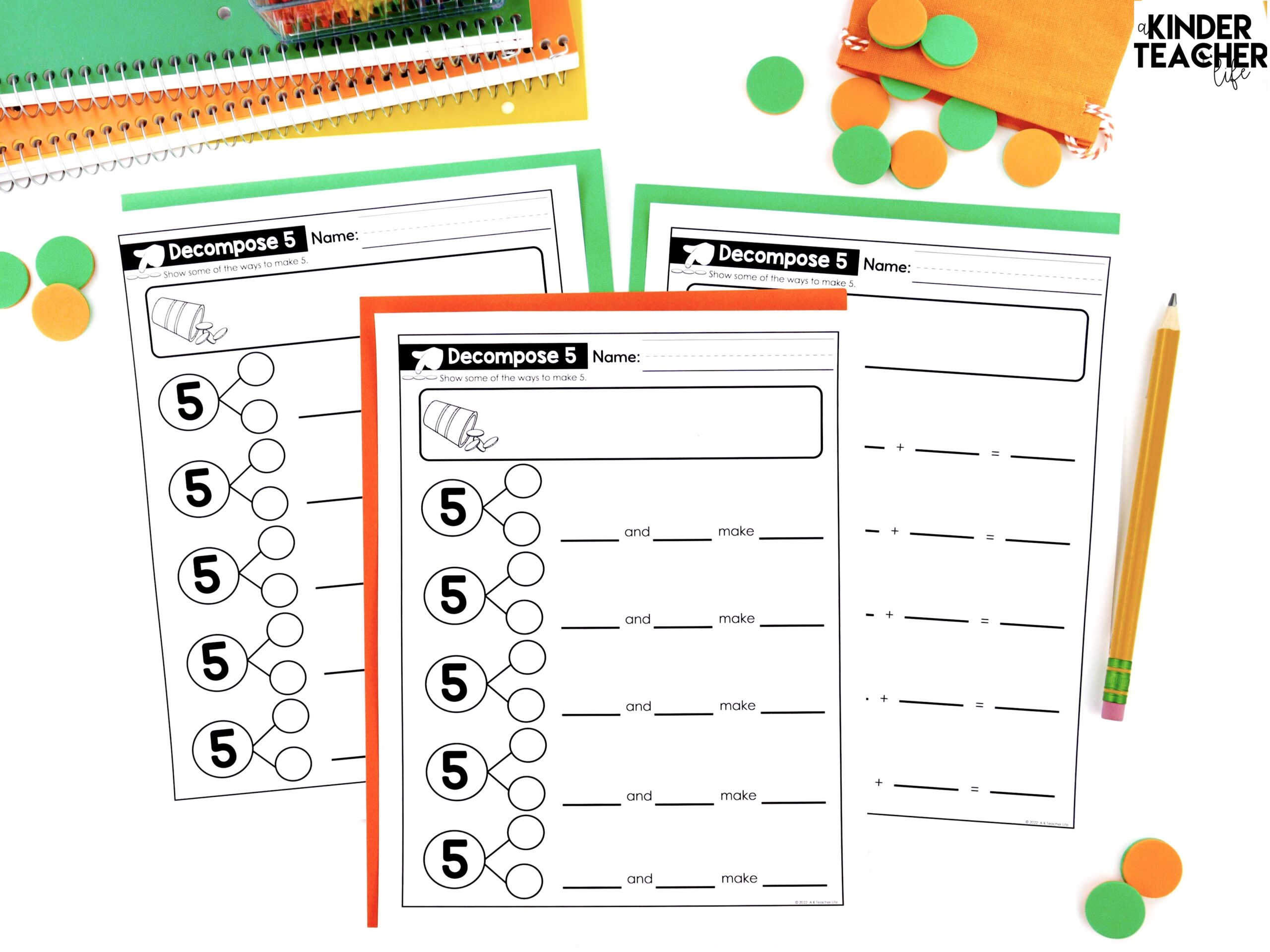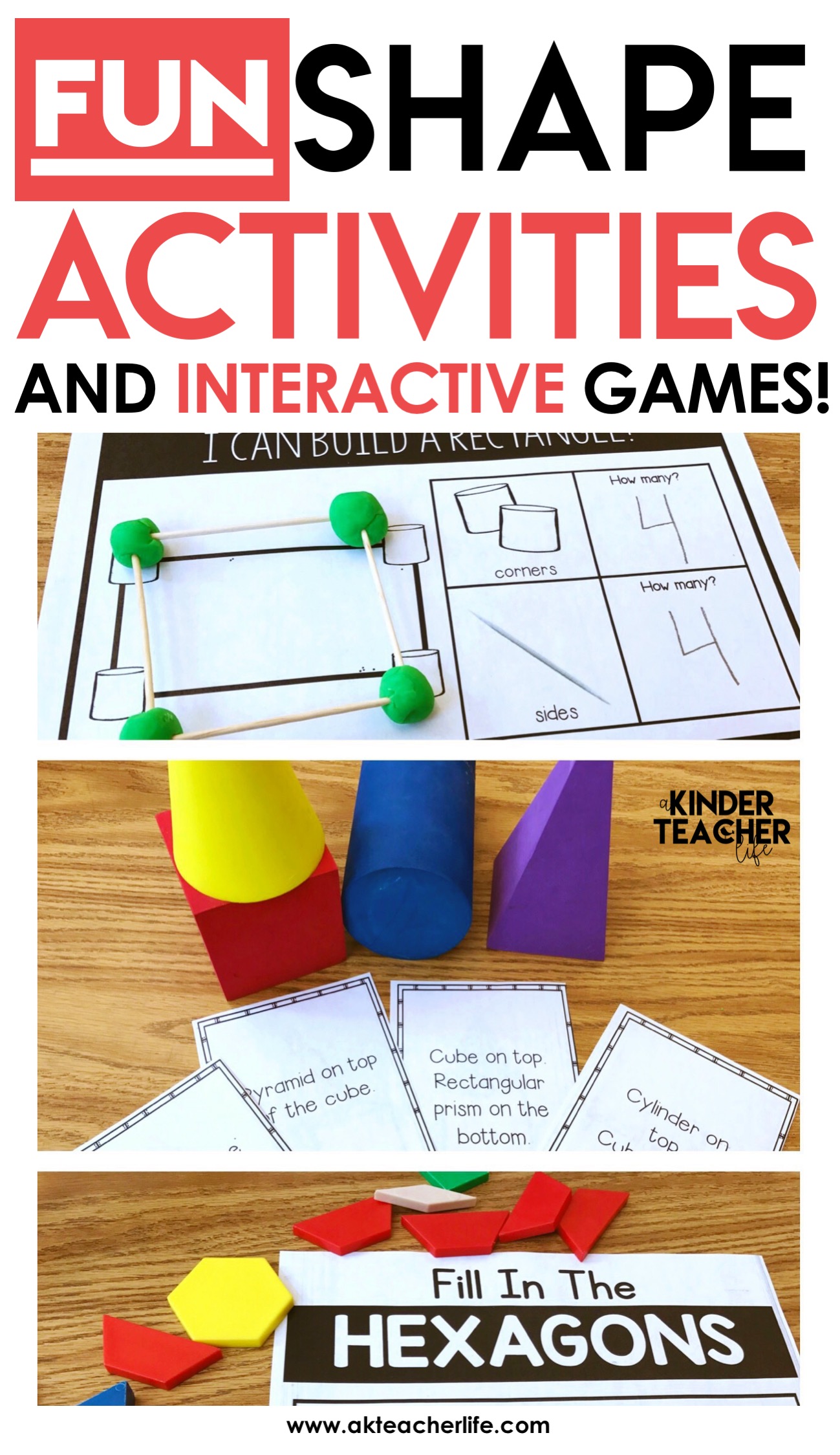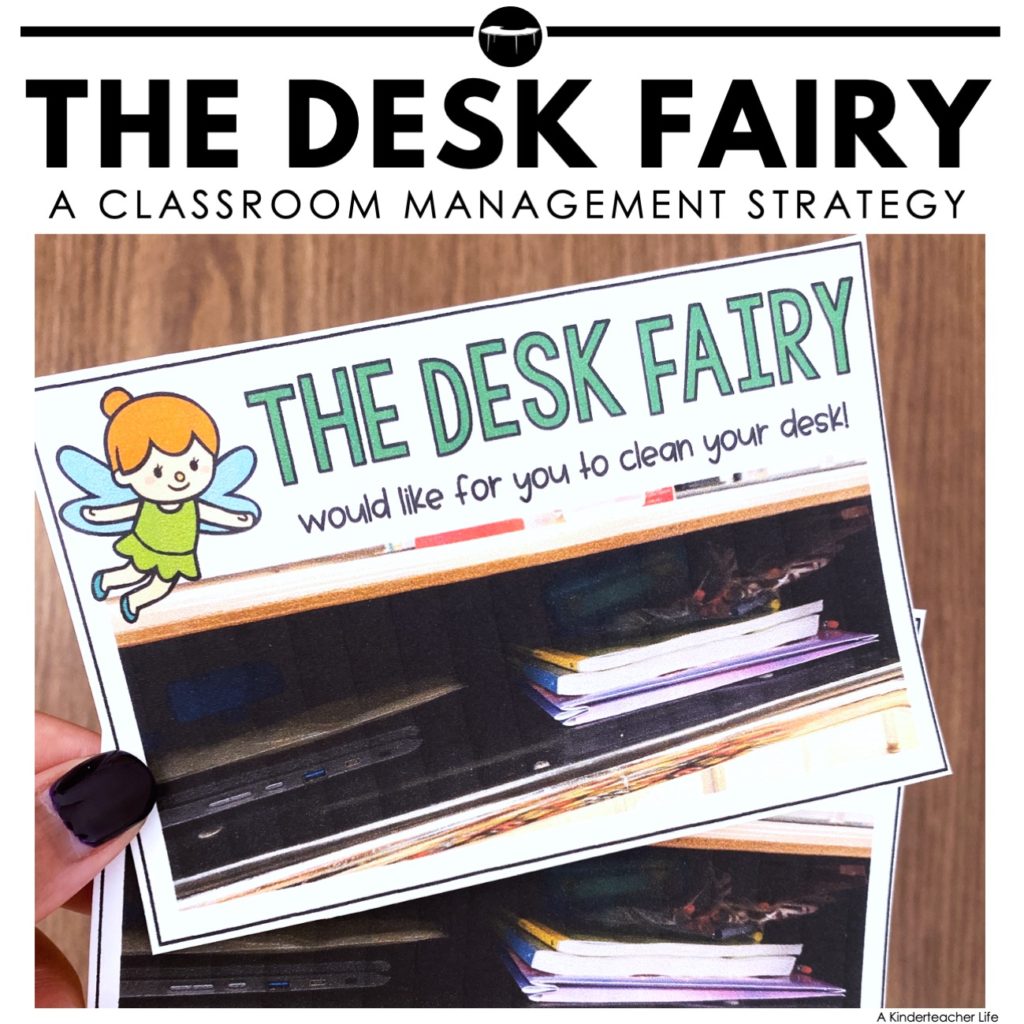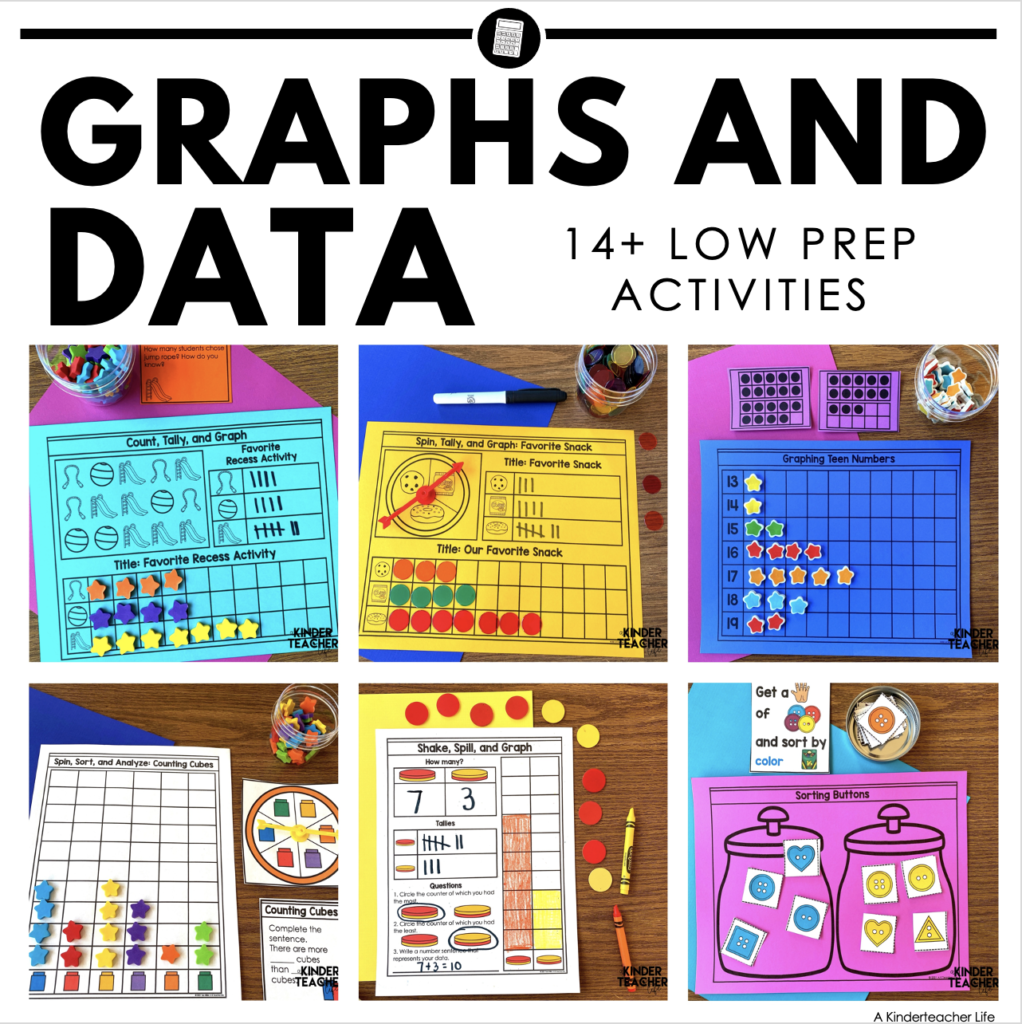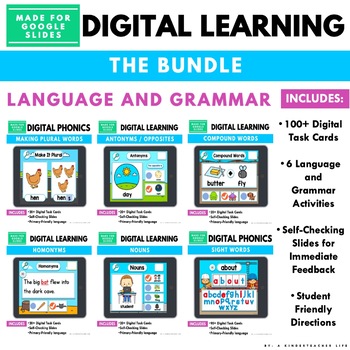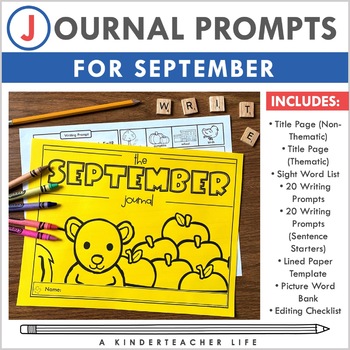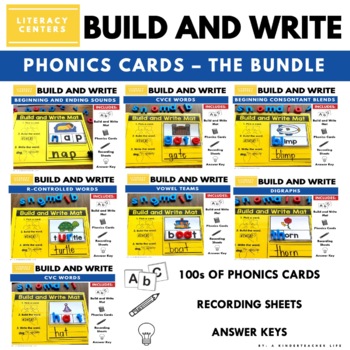Tips for Teaching Rote Counting
Rote counting is reciting numbers in order without necessarily understanding their meaning or value. Students will learn how to represent numbers using drawings or objects during our place value unit.
Rote Counting Strategies
Here are a few tips for teaching rote counting in kindergarten.
Practice Counting Regularly
Encourage students to regularly practice counting objects, such as fingers, toes, or small toys. This will help them become more familiar with the numbers and their order.
Use Songs and Rhymes
Songs and rhymes can be fun and engaging for students to practice rote counting. Many counting songs and rhymes are available to help students learn to count to higher numbers.
Use Counting Games
Games such as “Missing Number” or “What Comes Next?” can be fun for students to practice rote counting. These games can also help students learn to count to higher numbers. Check out more math center counting activities here.
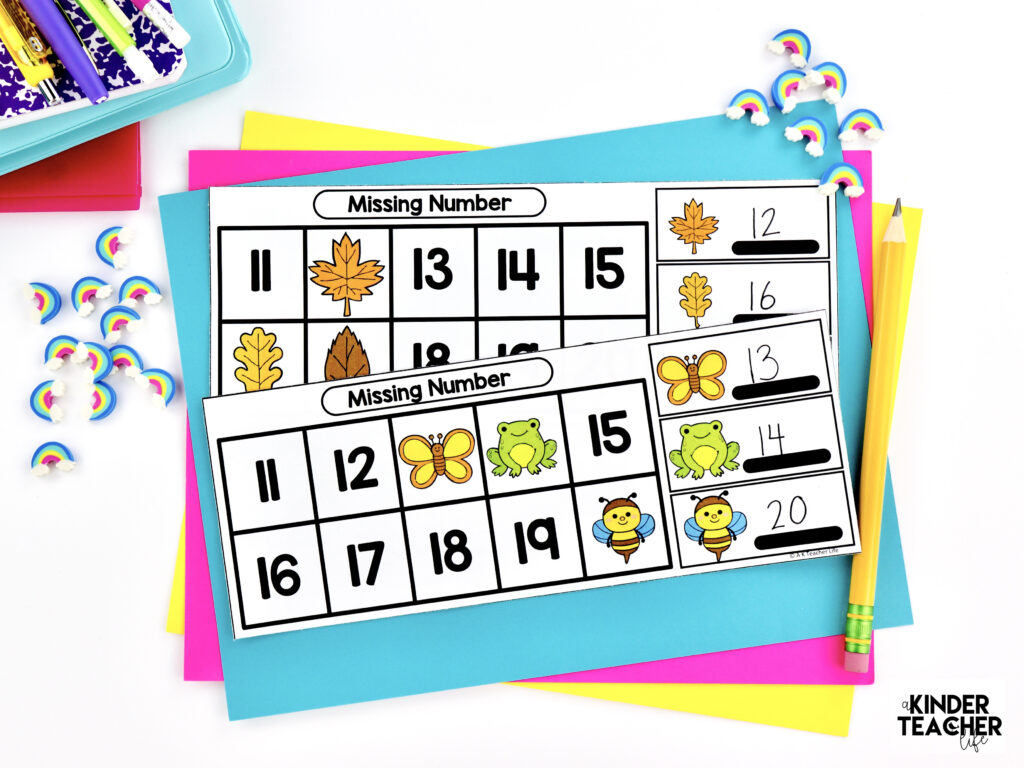
One activity you can use is by ordering numbers. Students practice counting, writing the missing number, comparing numbers, and pasting the numbers in order. These worksheets can be easily differentiated since students are counting across decades.
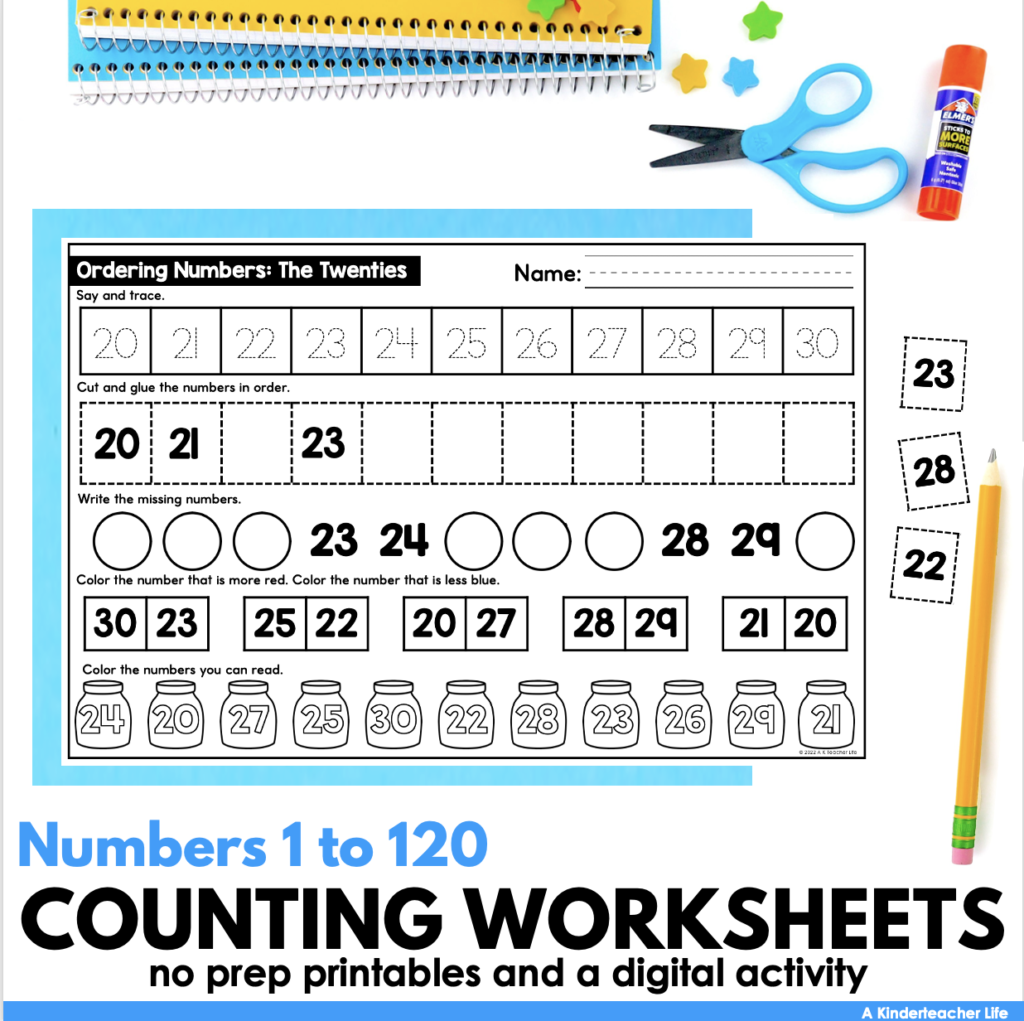
You can grab these worksheets here.
Use Visual Aids
Visual aids such as number lines or ten frames can be helpful for students as they learn to rote count. These aids can help students visualize the numbers and their order.
Count with a Friend
Counting is a lot of fun when you do it with someone else! Engage students with partner board games or math mats.
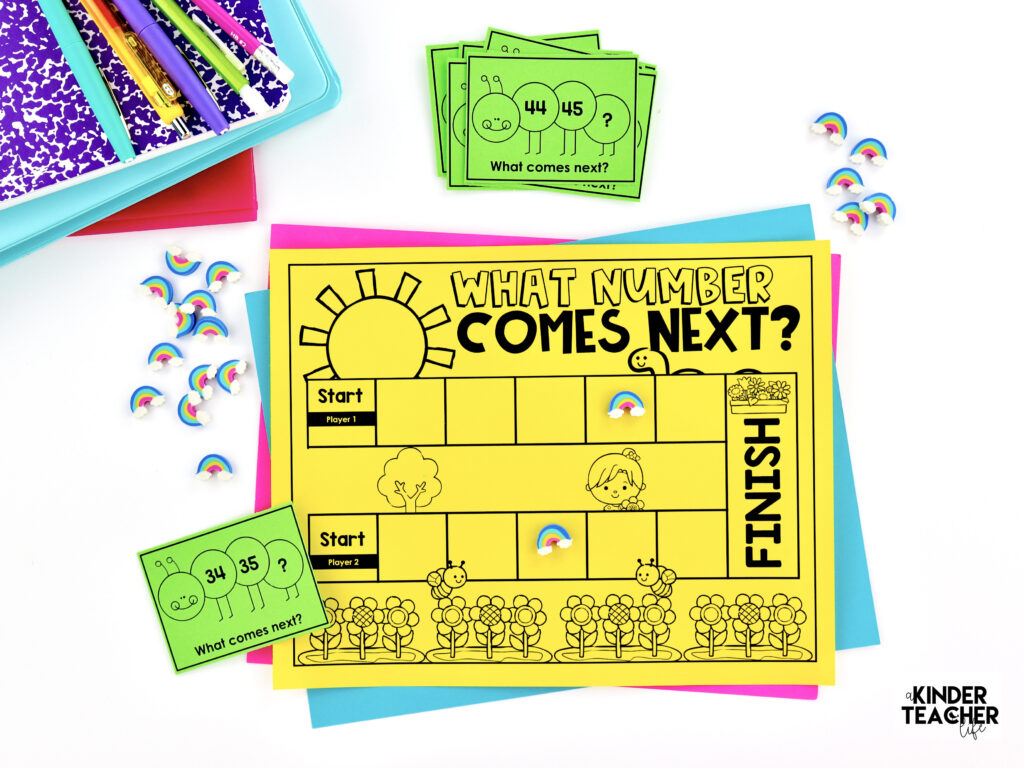
Incorporate Counting Into Everyday Activities
You can do this with fluency math drills or counting the number of students present/absent, ordered lunch/packed lunch, and so on.
Need More Counting Activities?
These tips for teaching rote counting in kindergarten. It can be tricky to master starting, but if you use the methods above, you will experience some degree of success. Check out this resource here if you need activities for counting up to 100. It has # hands-on math centers, no prep worksheets, and digital activity.

